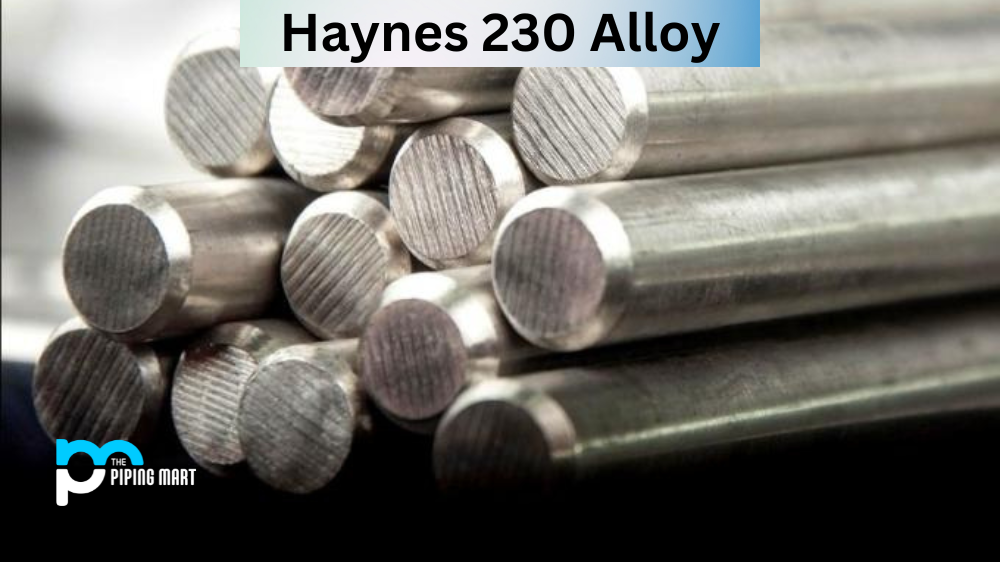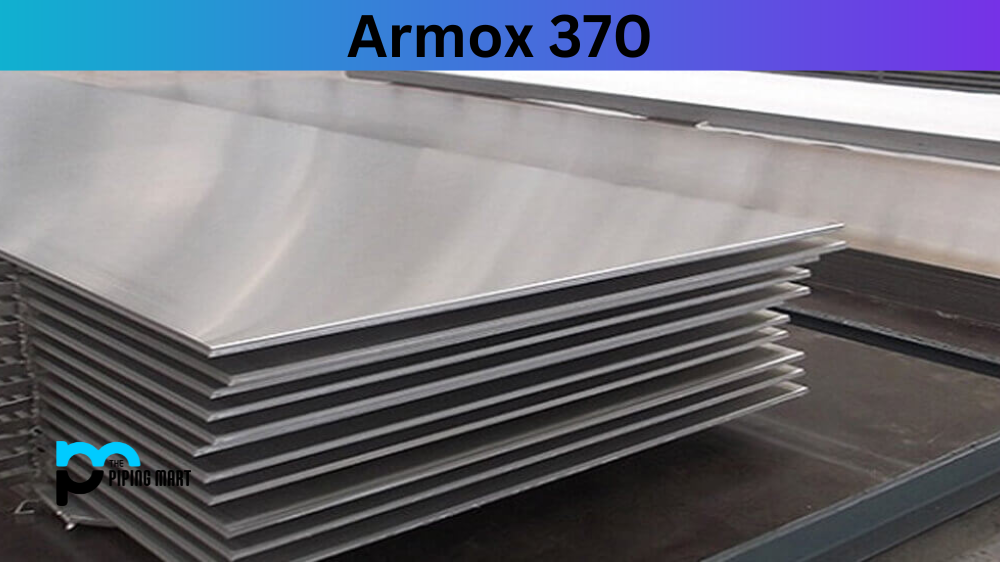UNS c48200, also known as naval brass, is a popular brass alloy used in marine applications, hence the name. It is a corrosion-resistant material with excellent strength, durability, and aesthetic appeal. This versatile alloy comprises copper, zinc, and sometimes tin, with small amounts of lead and iron. This blog post will discuss the properties, composition, uses, hardness, heat treatment, welding, and corrosion resistance of UNS c48200 naval brass.
UNS C48200 Naval Brass Composition
UNS c48200 naval brass contains 59 to 62% copper, 0.2 to 0.8% tin, 38.7 to 40.5% zinc, and small amounts of iron and lead. The lead content improves the machinability of the alloy. The tin’s presence enhances the alloy’s resistance to dezincification corrosion, making it ideal for marine applications. The iron content also contributes to the strength of the alloy.
| Element | Content (%) |
|---|---|
| Cu, Copper | 60.5 |
| Pb, Lead | 0.7 |
| Sn, Tin | 0.8 |
| Zn, Zinc | 38 |
UNS C48200 Naval Brass Physical Properties
UNS c48200 naval brass has a density of 8.53 g/cm³, a melting point of 890-950°C, and a coefficient of thermal expansion of 18.7 µm/m°C. It has a good thermal conductivity of 117 W/mK and a low electrical resistivity of 7.5 × 10^-9 Ωm. The alloy has a bright yellow colour that changes to a reddish-brown patina over time.
| Properties | Metric | Imperial |
|---|---|---|
| Density | 8.44 g/cm3 | 0.305 lb/in³ |
| Melting point | 888°C | 1630°F |
UNS C48200 Naval Brass Mechanical Properties
UNS c48200 naval brass has a tensile strength of 415 MPa, yield strength of 170 MPa, and elongation of 35%. It has a Rockwell hardness of B88 and a Vickers hardness of 124 HV. The alloy is ductile, malleable, and easily cold-formed, hot-formed, or machined.
| Properties | Metric | Imperial |
|---|---|---|
| Tensile strength | 386-517 MPa | 56000-75000 psi |
| Yield strength (depending on temper) | 172-365 MPa | 24900-52900 psi |
| Elongation at break (in 381 mm) | 43.00% | 43.00% |
| Elastic modulus | 117 GPa | 17000 ksi |
| Poisson’s ratio | 0.34 | 0.34 |
| Machinability (UNS C36000 (free-cutting brass) = 100) | 50 | 50 |
| Shear modulus | 39.0 GPa | 5660 ksi |
UNS C48200 Naval Brass Thermal Properties
| Properties | Metric | Imperial |
|---|---|---|
| Thermal expansion co-efficient (20-300°C/68-572°F) | 21.2 µm/m°C | 11.8 µin/in°F |
| Thermal conductivity | 116 W/mK | 805 BTU in/hr.ft².°F |
UNS C48200 Naval Brass Equivalent
- ASTM B124
- ASTM B21
- ASTM B283
- QQ B639
UNS C48200 Naval Brass Uses
UNS c48200 naval brass is used in marine applications, including shipbuilding, fittings, valves, pumps, propellers, and other hardware. It is also used in decorative applications, including jewellery, sculptures, and architectural panelling. The alloy is preferred in marine environments due to its resistance to corrosion and dezincification, high strength, and aesthetic appeal.
UNS C48200 Naval Brass Heat Treatment
UNS c48200 naval brass can be annealed, solution treated, or stress relieved depending on the desired properties. Annealing involves heating the alloy to 450-675°C for 30 minutes to 1 hour, followed by slow cooling in air. Solution treatment involves heating the alloy to 730-800°C for 2 hours, followed by water quenching. Stress relieving involves heating the alloy to 250-400°C for 1 to 2 hours, followed by air cooling.
UNS C48200 Naval Brass Welding
UNS c48200 naval brass can be easily welded using various methods, including gas tungsten arc welding (GTAW), gas metal arc welding (GMAW), and oxyacetylene welding (OAW). Preheating is recommended to minimize distortion and prevent weld cracking. The recommended filler metals include 70-30 copper-nickel, silicon bronze, and AWS A5.6 ECu.
UNS C48200 Naval Brass Corrosion Resistance
UNS c48200 naval brass has excellent corrosion resistance in marine and industrial environments. It exhibits resistance to dezincification, stress corrosion cracking, pitting, and crevice corrosion. The alloy is resistant to most acids, alkalies, and salts, except those containing ammonium or mercury. Lead in the alloy improves machinability but reduces the resistance to seawater corrosion.
Conclusion:
UNS c48200 naval brass is an excellent choice of material for marine and industrial applications. Its copper, zinc, and tin composition, with small amounts of lead and iron, offers excellent strength, durability, and corrosion resistance. It is easy to machine, form, and weld and exhibits excellent mechanical properties. The alloy is widely used in shipbuilding, fittings, valves, pumps, other hardware, and decorative applications. In summary, UNS c48200 naval brass is a versatile material with impressive performance and aesthetic appeal.

Meet Bhavesh, a seasoned blogger with a wealth of knowledge and experience. From metal products manufacturing to retail, Bhavesh has a diverse background in various industries and is dedicated to sharing his insights and expertise with readers.




